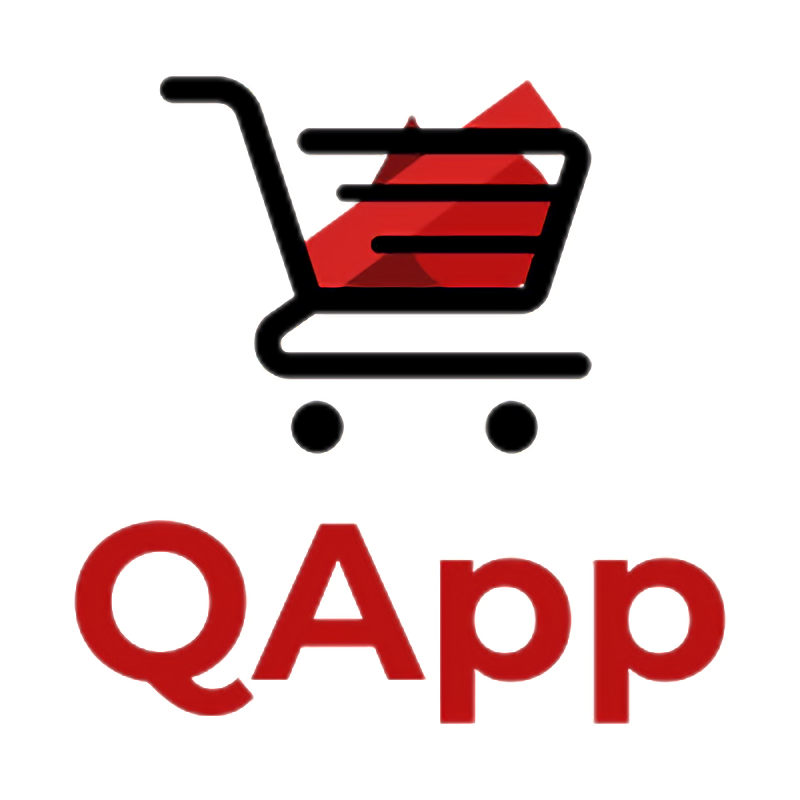
Scheduling Tools (e.g. wellsky scheduling, calendly etc)
In today’s fast-paced world, efficient healthcare is not just about the quality of care provided; it’s also about how quickly and seamlessly patients can access it. Patient scheduling software has emerged as a crucial tool in this regard, helping medical practices manage appointments, reduce no-shows, and enhance overall patient experience. In this article, we’ll delve into the world of patient scheduling software, exploring its benefits, deployment strategies, and key trends in the healthcare industry.
Table of Contents
- What Is Patient Scheduling Software?
- Deployment Strategies
- What Type of Buyer Are You?
- Benefits and Potential Issues
- Market Trends You Should Understand
- The Vendor Landscape
1. What Is Patient Scheduling Software?
Patient scheduling software is designed to streamline the process of setting patient appointments and follow-ups. At its core, it assists medical practices in managing appointment times, patient information, reasons for visits, and billing or insurance details.
More advanced systems even integrate with electronic medical records (EMRs) and provide automated reminders to patients via phone, email, or text messages. This not only reduces no-shows but also allows patients to request appointments and enter intake information online.

2. Deployment Strategies
Medical practices can choose between standalone patient scheduling systems and integrated suites that include scheduling, billing, and EMR modules. Standalone systems, such as NueMD and Practice Management ULTRA, offer simplicity and affordability.
Another option is Software as a Service (SaaS), or online patient scheduling software, which is cost-effective and requires minimal IT support. PrognoCIS by Bizmatics is an example of a Web-based practice management system with online scheduling capabilities.
3. What Type of Buyer Are You?
Buyers typically fall into several categories:
- Standalone buyers seeking straightforward solutions.
- Complete suite buyers looking for integrated functionality with EMRs and billing modules.
- Cost-conscious buyers with basic needs and budget constraints.
- Multi-location buyers requiring data access from various locations.
Identifying your category helps in selecting the right patient scheduling system.
4. Benefits and Potential Issues
Implementing patient scheduling software offers several benefits:
- Organization and Efficiency: Staff can quickly identify provider availability, gather patient information, and handle calls more efficiently.
- Improved Provider-Patient Communication: Automated reminders via various channels lead to higher appointment confirmations.
- Enhanced Patient Experience: Streamlined appointment scheduling reduces patient frustration.
- Reduced No-Shows: The software helps track and analyze no-show trends, minimizing wasted time and money.
- Same-Day Appointments: Systems can enable doctors to offer same-day appointments, improving patient satisfaction and revenue.
Data security is a primary concern, so ensure your chosen system complies with HIPAA regulations, as not all scheduling tools meet these requirements.

5. Market Trends You Should Understand
Key trends in patient scheduling software include:
- SaaS: Web-based deployment is popular for smaller practices and data sharing among multiple locations.
- Patient Portals: Many systems now offer patient portals for online appointment requests, often integrated with EMRs and billing.
- Online Services: Start-ups like ZocDoc.com could become significant sources of new patients, so consider systems that can integrate with such services.
6. The Vendor Landscape
The market is diverse, catering to various buyer types. Some notable vendors include:
- Standalone System Buyers: AdvancedMD, NueMD, MedLedger.
- Complete Suite Buyers: eClinicalWorks, Allscripts, NextGen EHR.
- Cost-Conscious Buyers: Microsoft Outlook, ScheduleView.
- Multi-Location Buyers: LeonardoMD, AdvancedMD.
Understanding your specific needs will guide you in choosing the right vendor.
In conclusion, patient scheduling software is transforming healthcare by making appointments more accessible and efficient. Whether you’re a small practice or a large healthcare provider, finding the right solution can lead to improved patient experiences, reduced administrative burdens, and better healthcare outcomes. Embrace these technological advancements to stay ahead in the ever-evolving healthcare landscape.
FAQs
1. Is patient scheduling software only suitable for large healthcare organizations?
Patient scheduling software is versatile and can benefit practices of all sizes. Smaller practices can also enhance their efficiency and patient experience by implementing these systems.
2. How can I ensure the security of patient data when using scheduling software?
To ensure data security, select a scheduling tool that is HIPAA compliant. Most formal medical scheduling programs meet these requirements.
3. Are there any free patient scheduling software options available?
While there are some free scheduling tools available, they may not offer the advanced features and security needed for healthcare practices. It’s often worth investing in a reputable paid solution.
4. Can patient scheduling software help reduce administrative workload?
Yes, patient scheduling software can automate many administrative tasks, reducing the workload on your staff and allowing them to focus on other essential responsibilities.
5. What are the latest innovations in patient scheduling software?
Innovations in this field include AI-driven appointment optimization, predictive analytics to reduce no-shows, and enhanced patient engagement features like mobile apps for scheduling and reminders.
Access Now: Patient Scheduling Software Solutions
In the rapidly evolving healthcare landscape, patient scheduling software is not just a convenience but a necessity. It empowers medical practices to provide efficient care while ensuring patients have easy access to the services they need. Whether you’re a solo practitioner or part of a large healthcare network, embracing this technology can enhance your practice and ultimately improve patient outcomes.
Register on : https://qappnow.com/sign-in/ to get free access to scheduling tools, CRM, landing pages, create customer funnels, and automate WhatsApp and email notifications for your customers. Never ever miss another sale!
10 Best Appointment Scheduling Software & Booking Apps (Free and Paid) – YouTube


